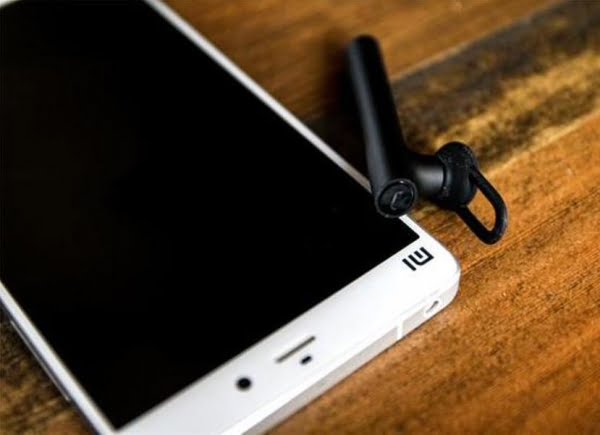
With the recent introduction of Apple’s Smart Battery Case for the iPhone 6s and iPhone 6, we couldn’t help but wonder whether constantly charging a smartphone will ultimately have a negative impact its battery life.
According to the experts, leaving a phone plugged in all day won’t lead to overcharging. Most smartphones on the market now are equipped with a circuit mechanism that cuts off the main power connection when the battery reaches 100 percent.
Even so, keeping a smartphone connected to a charger for longer than it needs is bad for the battery. Once the phone gets down to between 99 percent and 90 percent (depending on the smartphone), it connects to the power supply again. This back and forth causes the device to heat up, and consequently can reduce the battery strength on the phone.

According to research conducted by the battery-testing firm Cadex Electronics, a lithium-ion battery that is 40-percent charged and is running at 104 degrees Fahrenheit will lose 15 percent of its battery life capacity over the span of a year. The phone’s battery will lose 35 percent of battery life if it remains at full charge all day.
Since overheating is a smartphone battery killer (and charging is one of the main culprits), users should give their devices time to cool off to prevent tampering with the health of the battery.
On the other hand, letting a phone battery drop down to no charge isn’t great, either. When lithium-ion batteries are at zero-percent, they become unstable. It’s better to start charging your battery when there is about 40-percent life left.
This doesn’t mean that charging cases aren’t useful for consumers who are always on their phones. Just make sure that you don’t keep your phones constantly charging, and don’t attach them to your device when it’s on its last battery leg.
Like everything in life, it’s all about finding the balance.
[“source-techtimes”]












